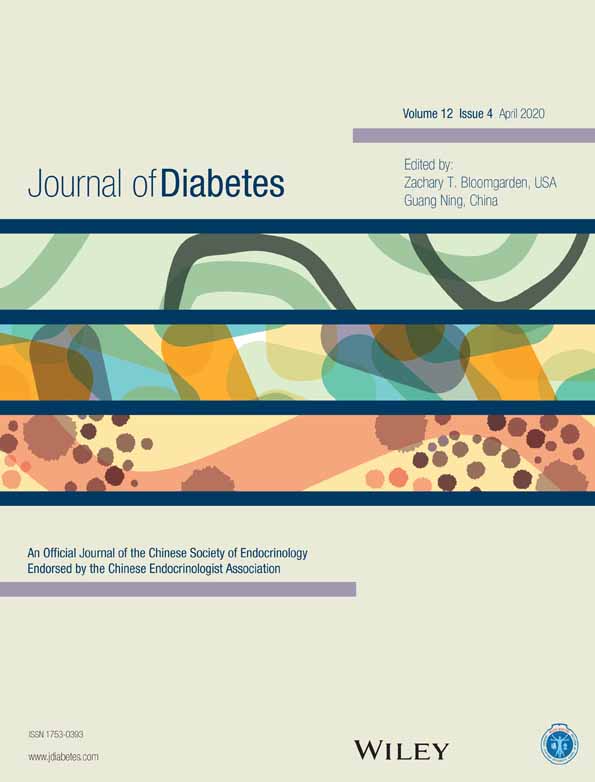Peer support interventions in type 2 diabetes: Review of components and process outcomes
同伴支持在2型糖尿病中的干预效果:关于其构成和效果的回顾
Abstract
enBackground
This review seeks to identify (a) the various components and process outcomes of type 2 diabetes peer support (PS) interventions and (b) the measures implemented to monitor intervention fidelity and evaluate outcomes in these studies.
Methods
The MEDLINE, PubMed, EMBASE (Excerpta Medica Database), CENTRAL (Cochrane Central Register of Controlled Trials), CINAHL (Cumulative Index to Nursing and Allied Health Literature), and PsycINFO databases were searched from inception to May 2019. Two reviewers independently screened and extracted data from eligible articles via the Template for Intervention Description and Replication (TIDieR) checklist (why, what, who provided, how, where, when and how much, tailoring, modifications, and how well).
Results
Twenty-three trials were included. The total number of participants was 7178. Most interventions were in primary care. Although face-to-face was the most common modality of contact, rates of contact were highest for telephone. Potential peer leaders (PLs) were identified primarily through recommendations from health professionals, based on their communication skills, glycosylated hemoglobin (HbA1c), and coaching interest. PLs were mostly female, university educated, and had a long history of diabetes (≥ 10 years). PL training varied significantly in length and content; the two most frequent topics were communication skills and diabetes knowledge. Although several studies implemented methods to evaluate “intervention fidelity,” only few rigorously assessed the two key components of fidelity, “adherence” and “competence,” through audio- and video-taping or direct observations.
Conclusions
The impact of PS on participants' health outcomes is well investigated; however, the implementation and evaluation strategies vary significantly across these studies. In the present review, we define the various components of PS interventions and propose suggestions for enhancing the implementation and evaluation of future PS models.
摘要
zh背景
本综述旨在确定 (a)在2型糖尿病同伴支持(peer support , PS)干预中的不同组成部分和效果, 以及 (b) 在这些研究中用于监测干预的忠实度和评估结果的措施。
方法
检索MEDLINE、PubMed、EMBASE (Excerpta Medica Database)、CENTRAL (Cochrane Central Register Of Control Trials)、CINAHL (Cumulative Index to Nursing and Allied Health Literature)和PsycINFO数据库, 检索时间截至2019年5月。两位独立的审阅人通过干预描述(Template for Intervention Description and Replication)核对表(为什么、是什么、谁提供、如何提供、在哪里提供、何时提供、提供的量、特制的、变化以及效果)从筛选符合条件的文章中提取数据
结果
共纳入23个试验入组。总参与人数为7178人。大多数干预措施都是在社区诊所中进行的。虽然面对面的方式是很常见的交流方式, 但电话交流的接触率是最高的。有潜能的同伴领导者(peer leaders, PLs)主要是通过专业医疗人员基于他们的沟通技能、糖化血红蛋白(HbA1c)和具备辅导兴趣来确定。PLs中多为女性, 受过大学教育, 有较长的糖尿病病史(≥10年)。PL培训在时间长短和内容上差异较大;最常见的两个主题是沟通技能和糖尿病知识。虽然有几项研究实施了评估“干预忠实度”的方法, 但只有少数几项研究通过录音、录像或直接观察, 对忠实度的两个关键组成部分--“坚持”和“能力”--进行了严格的评估。
结论
同伴支持对参与者健康结果的影响已有充分的研究;然而, 在这些研究中, 实施和评估策略有很大的不同。在本综述中, 我们确定了同伴支持干预的各个组成部分, 并对未来的同伴支持干预模型提出了加强实施和评估的建议
CONFLICT OF INTEREST
None to be declared.




